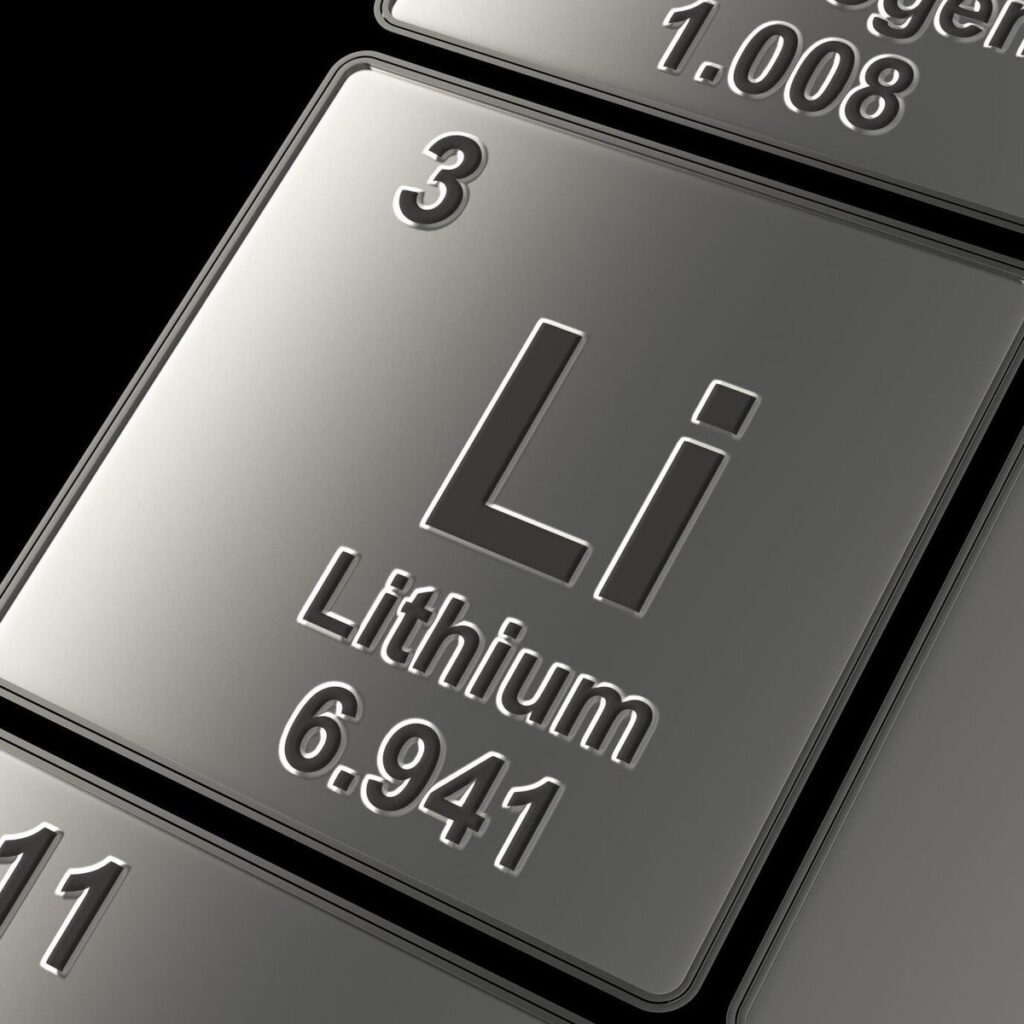It’s a standard outcome of the standard investing theories that diversification is good. On the fairly obvious grounds that spreading your risks is a good thing to be doing. Yes, yes, this idea really is the killer and yet there’s always that possibility that something will come up to kill it. So, not all eggs in the one basket, all those folklores, they are correct.

On the other hand conglomerates are right out of fashion these days. Diversification within a company is something we really don’t like any more. Sure, leveraging off skill or expertise in the one thing which then boosts performance in another, why not? But even slightly unrelated adventures within the same corporate shell? That is indeed very much out of fashion. As opposed to the 1950s and 60s, when it was very in.
Breaking up a lithium conglomerate
So, why? To make things easier let’s look at Lithium Americas (NYSE: LAC) (TSE: LAC) and Lithium Americas (Argentina) (NYSE: LAAC) (TSE: LAAC). Until last week they were the same company. Both lithium miners but with very different approaches.
The Argentine operations were looking at salar (or, in English, salt brine) operations. This is something that is well known, is done in multiple places, costs and techniques are old hat and so on. So, that Argentine operation faces market risk – the future price of lithium – and political risk. No, c’mon, doing anything in Argentina carries political risk. There’s not technical nor technological risk there.
The other part, what is now Lithium Americas, that’s working on the Thacker Pass mine inside the US. That too faces political risk but of a very different kind. Will the US Feds put a $billion loan into it or not? One of the reasons why we’ve so many recent press articles about it being the biggest, baddest, lithium mine in the world is to so persuade. Of course – and yes, sorry, I’ve done political PR, this is the reason. But more important than that Thacker Pass faces technological risk. It’s a different kind of lithium deposit. Not salt brines, nor spodumene – something everyone also knows how to deal with. This is a clay hosted deposit. No one’s really, not at scale, ever produced from one of these before. It looks easy enough but, you know, first time and all that.
Different lithium operations, different risks
The sets of risks between LAC and LAAC are rather different therefore. We might even think that this is great that they should be in the same company. To provide that diversification across the risk set. And 50 years ago that would have been the very conclusion. It would be value additive to have them both within the same corporate shell – so, within the same corporate shell they would have remained. Because that’s more valuable than splitting them.
Today the answer is different. They’ve – when added together – risen in value since the split. So, they’re objectively, even if only in the short term, worth more apart. So, what’s changed?
The answer is nothing to do with lithium nor mining for lithium. The change is in stock markets.
Back when the conglomerate had two advantages. One was the ability to cross fund. To use income, profits, from one activity to invest in another. It was expensive to raise capital for a new business adventure. Therefore it would be cheaper to retain profits and assign to the new adventure than to pay out to share holders and then ask for capital to invest in the new. Whether this was internal to the same company or in different companies this was still true. The same was true for the individual investor. Spreads on share trades were wide – compared to today that is. Actually, spreads have declined by something like 100x in the last few decades. Orders of magnitude. So, for an investor to move out of one position into another cost rather a lot. It was a good idea to have that desired and necessary diversification within the one company. But that result was driven by the cost of switching between them.
As I say, the switching costs are trivial now. For the retail investor in liquid stocks it’s usually possible to trade at the market – there is no spread at all, no switching cost.
Diversification now happens at the level of the investor
That is, we’ve moved from the diversification happening at the corporate level – their portfolio of investments – to the diversification happening at the investor level – their portfolio of investments. For the costs of capital, the switching costs, are now such that this makes sense.
Which is why LAC and LAAC have split. Yes, OK, we get to choose which sets of risks we’d like to take now, tech or political and so on within the lithium universe. But that’s the point – our choices are now near costless. We can build that conglomerate position in both stocks at pretty much no cost – those who don’t want to equally.
Yes, it’s entirely true that diversification is good. It’s the essential heart of any sensible investment strategy. But these days it’s us, as individuals, who diversify. Simply because the costs of capital markets have changed and so the optimal strategy has. Yea, even in something as go-go and fashionable as lithium exploration.